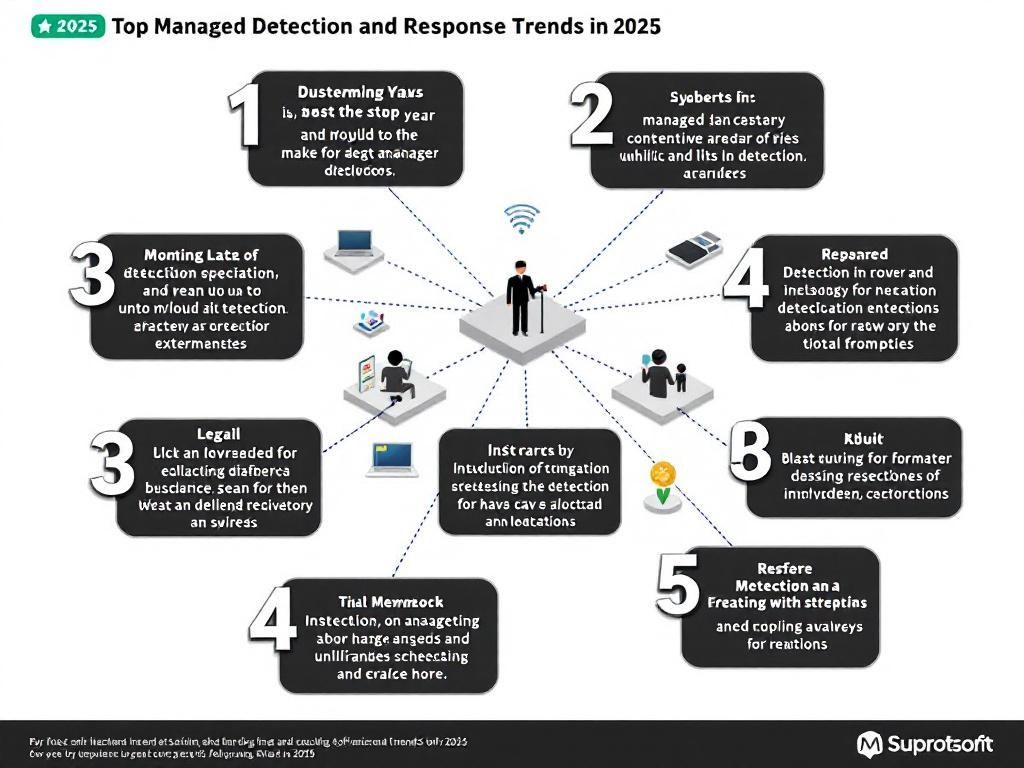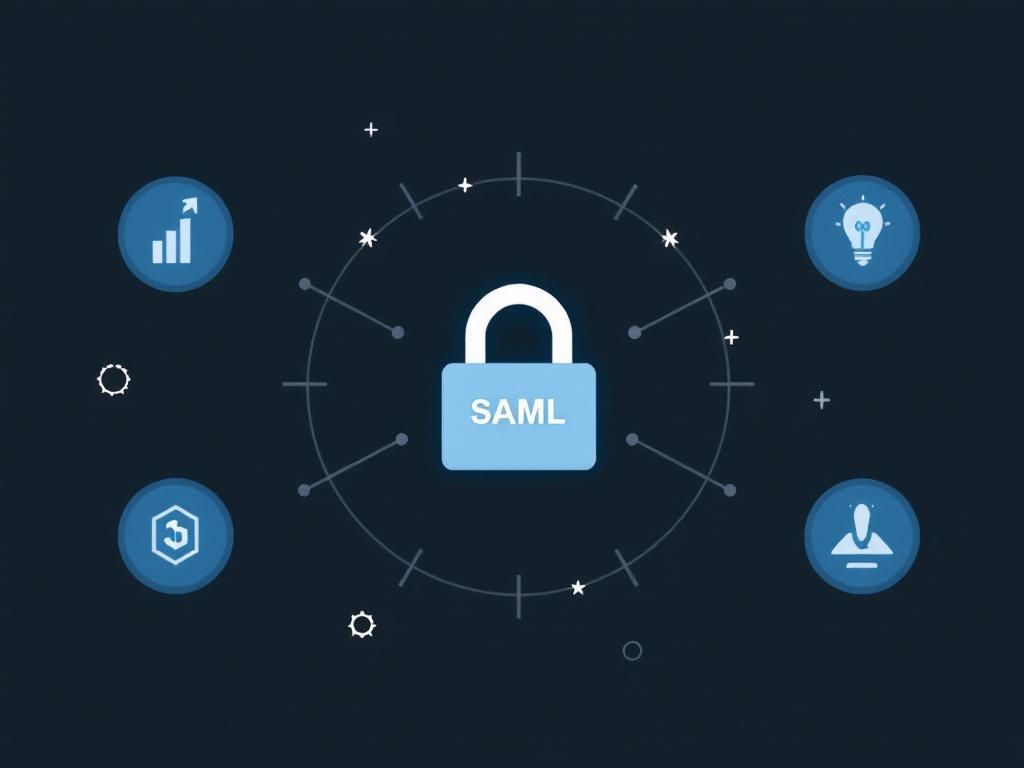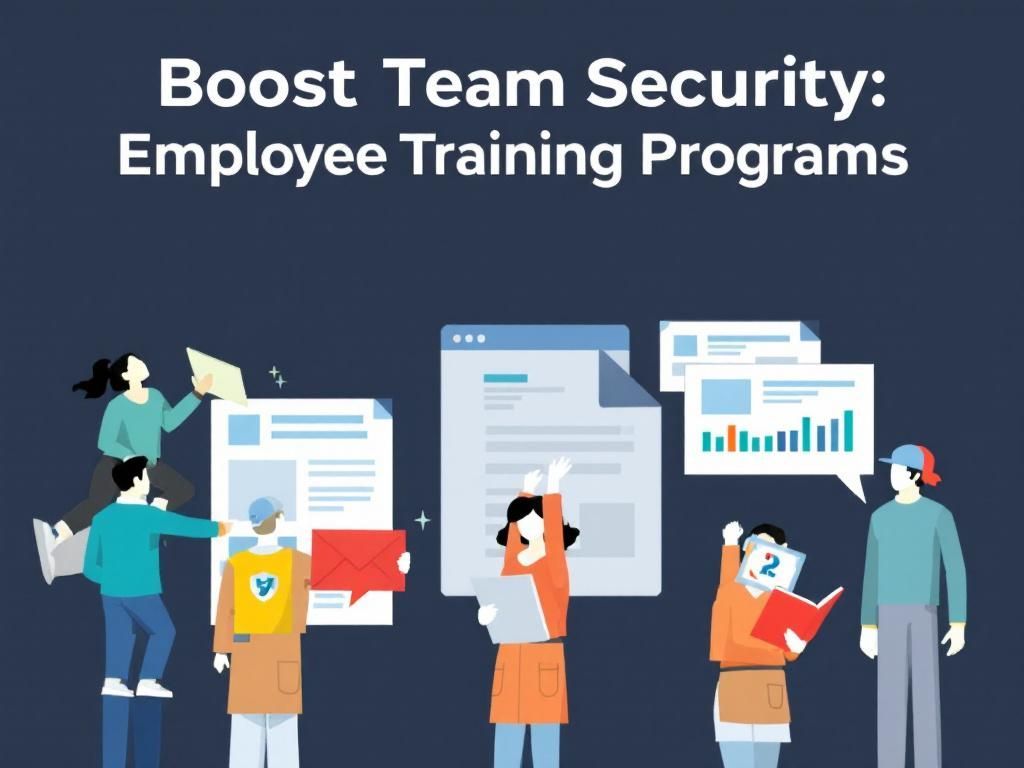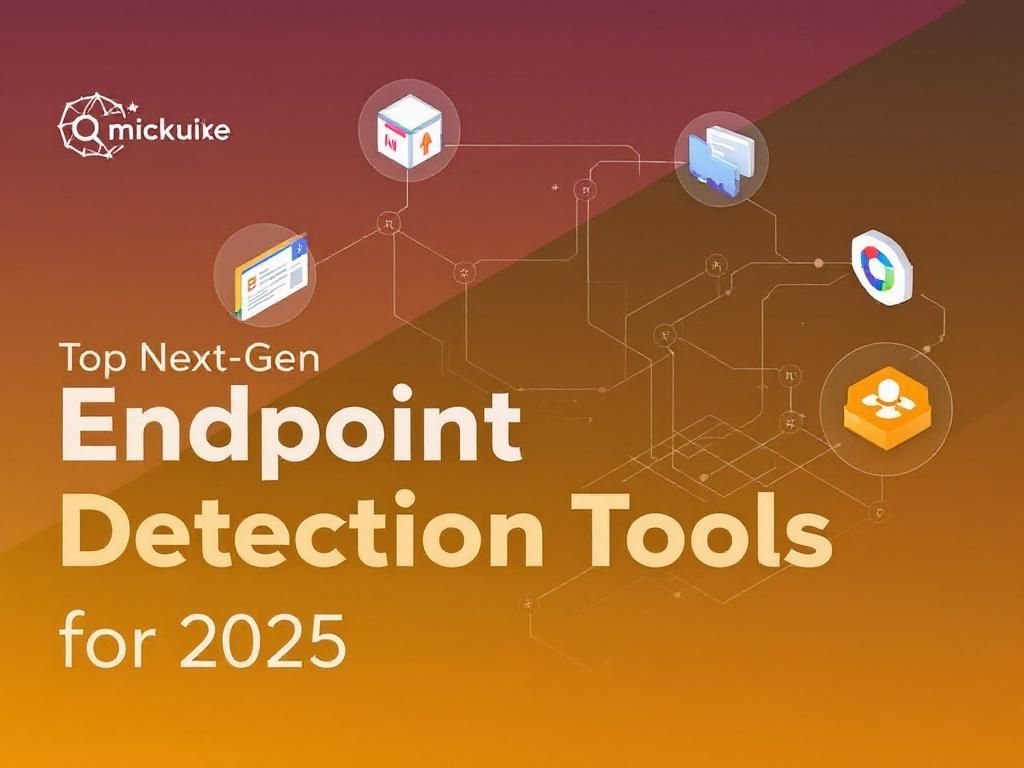Unlocking Automation for Enterprise Patch Management
Discover how automating patch management can enhance security, streamline processes, and reduce downtime for enterprises.

In an era where cybersecurity threats are evolving at a rapid pace, organizations are increasingly recognizing the necessity of robust patch management strategies. For enterprises, maintaining the integrity of IT systems is not just about compliance; it’s a foundational aspect of operational efficiency and security. Automation in patch management transforms the way organizations handle software updates, ensuring that systems remain secure and up-to-date with minimal manual intervention.
Table of Contents
Understanding Patch Management
Patch management refers to the process of acquiring, testing, and installing patches (or updates) to software applications and systems. The objectives of patch management include:
- Enhancing system security
- Improving functionality
- Fixing bugs and vulnerabilities
- Ensuring compliance with regulations
The Importance of Automation
While manual patch management can be effective, it is often time-consuming and prone to human error. Automation streamlines the process, allowing for:
- Faster deployment of patches
- Reduced risk of vulnerabilities
- Efficient resource utilization
- Improved compliance tracking
Key Components of Automated Patch Management
1. Inventory Management
Before any patches can be applied, organizations need a clear understanding of their existing software landscape. Automated tools often include:
- Discovery tools that identify all hardware and software assets within the network.
- Asset management solutions to keep track of software versions and update statuses.
2. Patch Assessment
Once the inventory is established, it’s essential to assess which patches are relevant for deployment. This involves:
- Prioritizing patches based on severity and potential impact.
- Analyzing the compatibility of patches with existing systems.
3. Testing and Validation
Automated patch management solutions often include test beds where patches can be deployed in a controlled environment before production rollout. This process helps to:
- Identify potential conflicts with existing applications.
- Evaluate the performance of the patched application.
- Reduce downtime caused by patches.
4. Deployment
Once a patch has been validated, it can be deployed across the organization. Automation ensures that:
- Patches are rolled out at optimal times to minimize disruption.
- Systems are updated uniformly, reducing the risk of security gaps.
5. Reporting and Compliance
Effective patch management requires comprehensive reporting capabilities. Automated solutions should provide:
- Real-time dashboards showing patch status across all systems.
- Compliance reports that demonstrate adherence to regulatory requirements.
Challenges in Automated Patch Management
Despite its advantages, automated patch management does come with its own set of challenges:
1. Diverse IT Ecosystem
Many enterprises operate with a mix of on-premises, cloud, and hybrid environments, leading to:
- Increased complexity in managing patches across different platforms.
- Potential compatibility issues when deploying patches.
2. Legacy Systems
Legacy systems may not support automated patch deployment, necessitating additional manual intervention:
- Assessing security risks associated with unpatched legacy systems.
- Determining the best approach to manage outdated software.
3. Change Management
Introducing automation in patch management can affect established workflows. Organizations need to:
- Clearly communicate changes to relevant stakeholders.
- Provide training on any new tools or systems implemented.
Best Practices for Implementing Automated Patch Management
1. Choose the Right Tools
Investing in the right patch management solution is crucial. Consider the following:
- Scalability to support your organization’s growth.
- Integration capabilities with existing IT service management tools.
- User-friendly interfaces for easier adoption.
2. Develop a Patch Management Policy
Establishing a clear policy helps guide patch management efforts:
- Define roles and responsibilities for patch management tasks.
- Set timelines for patch deployment based on severity.
- Document processes for exception handling.
3. Monitor and Review
Regularly review the effectiveness of your patch management strategy:
- Track patch success rates and failures.
- Adjust policies and processes based on findings.
The Future of Patch Management
As cyber threats continue to evolve, so too must the approaches organizations take to patch management. Future trends may include:
- Increased reliance on AI to predict vulnerabilities and automate remediation.
- Greater integration of patch management tools with broader security frameworks.
- Improved user training to address the human elements of security.
Conclusion
Automated patch management is not merely a technological advancement; it’s a strategic imperative for enterprises seeking to maintain their security posture and operational efficiency. By embracing automation, organizations can significantly reduce the risks associated with unpatched systems while freeing resources to focus on more strategic initiatives. In a world where technology is constantly evolving, staying ahead of vulnerabilities through effective patch management is crucial for long-term success.
FAQ
What is enterprise patch management?
Enterprise patch management is the process of identifying, acquiring, installing, and verifying patches for software and systems within an organization to ensure security and functionality.
Why is automation important in patch management?
Automation in patch management simplifies the process, reduces human error, ensures timely updates, and enhances overall security by quickly addressing vulnerabilities.
How can I implement automated patch management in my enterprise?
To implement automated patch management, you can use specialized software tools that schedule, deploy, and track patches across all systems in your organization.
What are the benefits of automated patch management?
Benefits of automated patch management include improved security posture, reduced downtime, increased efficiency, and the ability to focus on strategic IT initiatives.
Can automated patch management be customized for specific needs?
Yes, many automated patch management solutions offer customizable settings to tailor the patching process according to the unique requirements of your organization.
What challenges might I face when automating patch management?
Challenges in automating patch management can include compatibility issues, the need for continuous monitoring, and ensuring that critical systems are not disrupted during the patching process.








